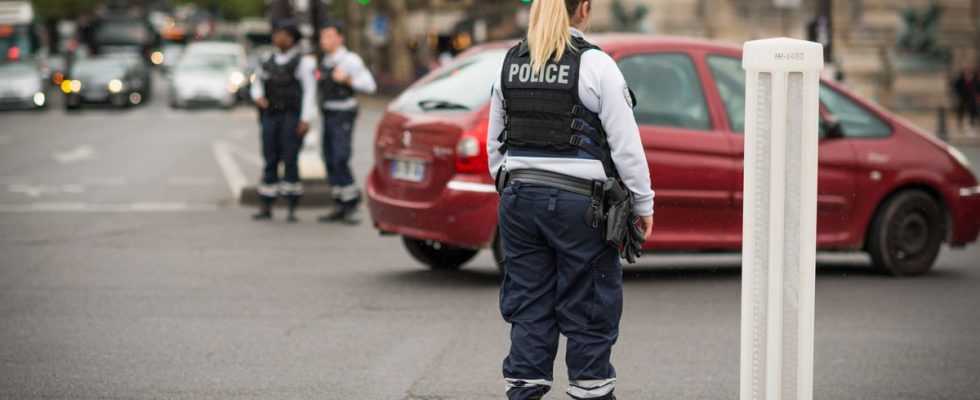This is going to be hardcore. The Minister for Transport, Clément Beaune, warned in mid-November that the traffic plan in Paris risks giving Parisians headaches during the Games.
This Wednesday, Laurent Nunez, Paris police prefect, reveals the contours of the different security perimeters around the Olympic sites and during the opening ceremony and yes, there will be sport.
Eight months before the opening ceremony of the Paris 2024 Olympic Games, the authorities are in the process of completing the “Security” aspect of the event and traffic is one of the sensitive points of the file. Who will be able to travel? Or ? When ? Under what conditions? We take stock.
A security perimeter around each site
Unsurprisingly, security perimeters will be established around all Olympic and Paralympic event venues. The athletes’ village in Seine-Saint-Denis, the media center, Club France and other celebration sites, the road races and the opening ceremony will also be entitled to their own perimeter, all established on the same basis , according to the prefect.
Four types of security perimeters
There will be four perimeter levels. The first, in the immediate vicinity of the site, is the “organizing perimeter” reserved for accredited people (athletes and their teams, organization, journalists and service providers) or with a ticket.
The second, a protective perimeter or “Silt” (for internal security or the fight against terrorism) will keep local residents at a distance, with the exception of the opening ceremony. To enter, “everyone is searched”
Then comes a traffic perimeter which concerns all motorized vehicles, two or four wheels. Pedestrians and cyclists are not affected. This perimeter is divided into two parts.
A first, closer to the site, consists of a real traffic ban with the exception of certain people with an exemption. This “Red” zone aims to protect the pedestrian flow from disruptions and car-ramming attacks.
Another larger “Blue” zone consists of a traffic regulation perimeter. Only people who live, work or go to a business will be able to enter by vehicle. No need for an exemption here, just to be able to justify good reasons at the checkpoint to enter.
For events that pass through Paris (marathon, cycling races, etc.), access conditions will be strengthened.
Limited restrictions on competition times
These restrictions will not be permanent according to Laurent Nunez, with the exception of the Olympic village, but will be “activated” during competition times, i.e. from 2.5 hours before the start of the events, until one hour afterwards.
“The restrictions around Paris Center, for example, could be in effect from 6:30 a.m. to midnight,” adds the police prefect, recalling that pedestrians and cyclists are not concerned.
This adaptability to needs will also be applied to lanes reserved for accredited vehicles, taxis (but not VTC) and public transport (on the ring road and certain major boulevards) and relief routes which will be activated according to needs.
Only temporary sites (Concorde, Invalides, Grand Palais, Champ-de-Mars, Trocadéro, for example) which require assembly and dismantling phases will be closed shortly before and after the competition.
Exemptions in the red zone, for whom?
The prefect draws up a list of people who can benefit from exemptions. Local residents with parking, visits to vulnerable people, emergency and rescue vehicles, recovery vehicles. Taxis and VTCs which drop off a customer and have proof should also be entitled to the exemption. Merchants also, in the context of delivery, may be affected.
The prefect of police will launch a consultation in January to refine and determine the people who can obtain an exemption.
To benefit from this, the people concerned will have to register in advance of the events on a digital platform with supporting documents. They will then be informed of the different entry and exit points from the areas that concern them. These beneficiaries will then have a QR code (or a button for those less attached to digital) to circulate.
Bars, restaurants and shops will remain open in red zones, but you will need to register on the platform in advance to be able to get there.
For the opening ceremony, it will be more complicated
For D-Day, the traffic ban perimeter will be wide. Above all, the Silt protection perimeter (which will include neighboring homes) will be activated several days before. “There, obviously, the entry of vehicles will be limited to the strict minimum. The public will be everywhere, on the high platforms, the low platforms. It is a strict control perimeter, you will have to be searched and show your credentials. »

